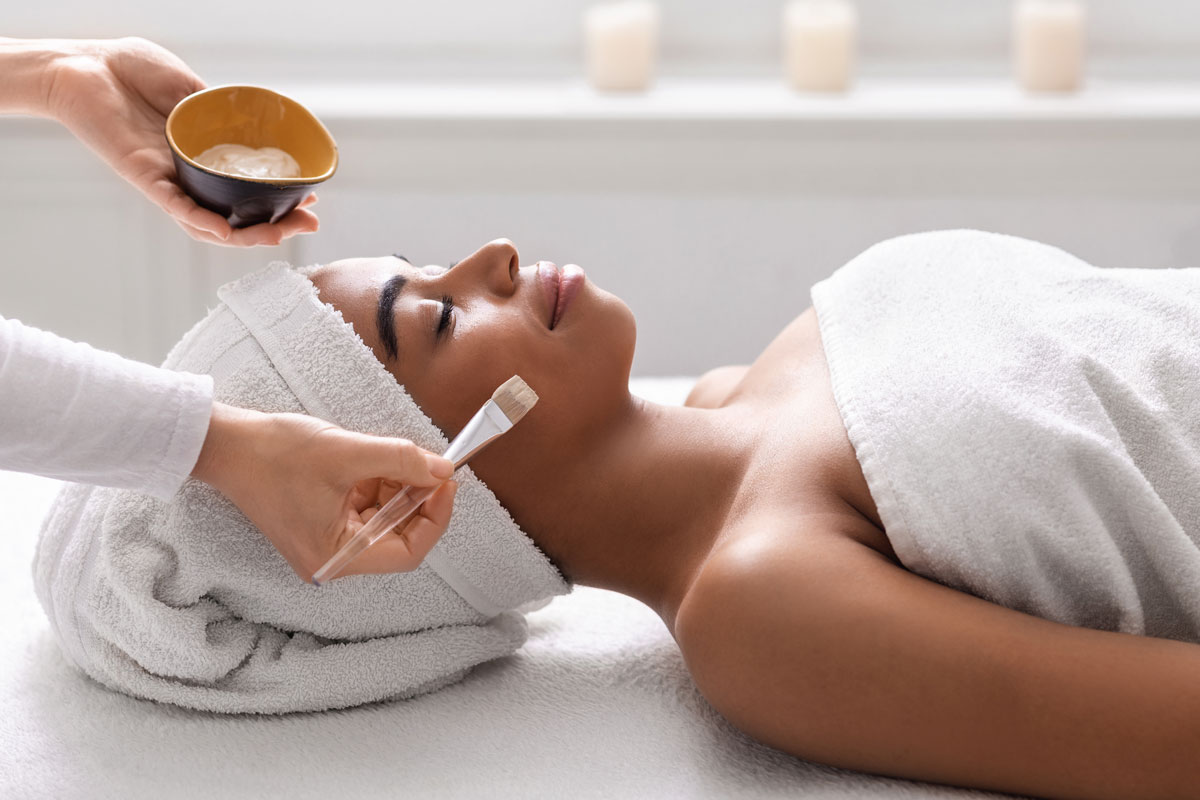
Techniques for clients with PMU
As an esthetician, you must be aware of the unique needs of clients who have undergone permanent makeup treatments. Cosmetic tattooing entails tattooing pigments to the epidermal layers of the skin to enhance features such as brows, lips, and eyeliner, and it can be an excellent option for those looking to simplify their daily beauty routine. When performing a facial for a client who has permanent makeup, certain considerations must be made to ensure the makeup lasts. Here’s what every esthetician should know about performing a facial on a client who has permanent makeup, and which techniques to avoid.
[ihc-hide-content ihc_mb_type=”show” ihc_mb_who=”2,4,6,7,5″ ihc_mb_template=”3″ ]
Prior to the Facial
Before beginning the facial, it’s critical to understand the client’s permanent makeup and how long it’s been in place. You should also inquire about the client’s skincare concerns or conditions that may affect the treatment. This information will assist you in determining the best facial approach and avoiding treatments that may cause irritation or damage to the permanent makeup. Remember to avoid facials for the first three weeks after getting a new permanent makeup procedure.
Cleansing
Cleaning is the first step in any facial, and it is especially important for clients who have permanent makeup. Cleansing removes dirt, oil, and makeup from the skin’s surface, preparing it for the following steps. However, products containing alcohol should be avoided because they can dry out the skin and cause irritation. Instead, use a gentle, non-alcoholic cleanser designed for sensitive skin.
Exfoliating
Exfoliating is an important step in any facial because it removes dead skin cells and improves the texture and tone of the skin. When exfoliating a client with permanent makeup, however, exercise caution. Using a harsh scrub can damage the permanent makeup and cause it to fade faster. Instead, use a gentle exfoliant designed specifically for sensitive skin, such as an enzyme peel.
Masking
Masking is an essential step because it hydrates the skin and improves its overall appearance. When working with a client who has permanent makeup, it’s critical to avoid using any masks that contain ingredients that can irritate or dry out the skin. Instead, use a hydrating mask designed for sensitive skin that will nourish and protect without affecting the permanent makeup.
Moisturizing
Moisturizing is the final step, and it is especially important for clients who have permanent makeup. Moisturizing the skin helps to hydrate it and seal in the benefits of the previous steps. However, it is crucial to avoid using moisturizers containing harsh ingredients. Instead, use a non-alcoholic moisturizer that is gentle on the skin and will help to protect and enhance the permanent makeup. Make sure to inform clients that using SPF will keep their permanent makeup color from fading.
When giving a facial to a client who has permanent makeup, take extra care to be gentle and cautious. Avoiding treatments that can cause irritation or damage to the permanent makeup will help ensure the results last as long as possible and look their best. Following these guidelines will allow you to provide a safe and effective facial for your client, enhancing their natural beauty and maintaining their permanent makeup
[/ihc-hide-content]












